La didattica nell'Orto Botanico a cavallo tra XVIII e XIX secolo

La biblioteca dell'orto botanico di Padova conserva un gran numero di tavole dipinte usate nelle lezioni di botanica dell'inizio dell'800 e rilegate in seguito in un unico volume di 360 c.
Si tratta di 117 tavole dedicate ai principali elementi del corso di botanica come la descrizione delle piante cellulari, rami, radici, foglie, fiori e frutti, alla presentazione dei sistemi di classificazione di Linneo, di Tournefort, di Jussieu e di 228 tavole rivolte all'illustrazione di singole specie di piante. Sono i fiori coltivati nell'orto e maggiormente in voga all'epoca: rose, eriche, peonie, camelie, magnolie …
Solo due tavole sono firmate, da Andreas Bozza e da Antonio Tintori, ed il gruppo alle cc. 132–360 è stato attribuito a Baldassarre Cattrani. Questo pittore botanico lavorò per l'orto di Padova sia per il prefetto Giovanni Marsili sia per il prefetto Antonio Bonato fra '700 e '800 e probabilmente anche per l'imperatrice Josephine Beauharnais. La sua figura e la sua copiosa opera è ben studiata in L'orto rappresentato, Padova, 2002.
Oltre a queste immagini troviamo la copia digitale delle lezioni di botanica tenute dal prefetto dell'orto botanico di Padova Antonio Bonato. Divise in 3 fascicoli manoscritti, (o:26876, o:27093, o:27313), fan riferimento alle tavole didattiche qui presenti e son state preparate negli anni 1819–23.
Biblioteca Orto Botanico - Coll.: Ar.48.18.2.
L'insegnamento della botanica era fondamentale per lo studio della medicina nei tempi passati. All'orto botanico di Padova il riconoscimento delle piante e la conoscenza del loro uso per la salute dell'uomo fu fatto dal vero fin dall'origine, sulle vive piante e queste tavole e questi appunti testimoniano la persistenza della centralità di questa prassi nella didattica.







 è un servizio del
è un servizio del